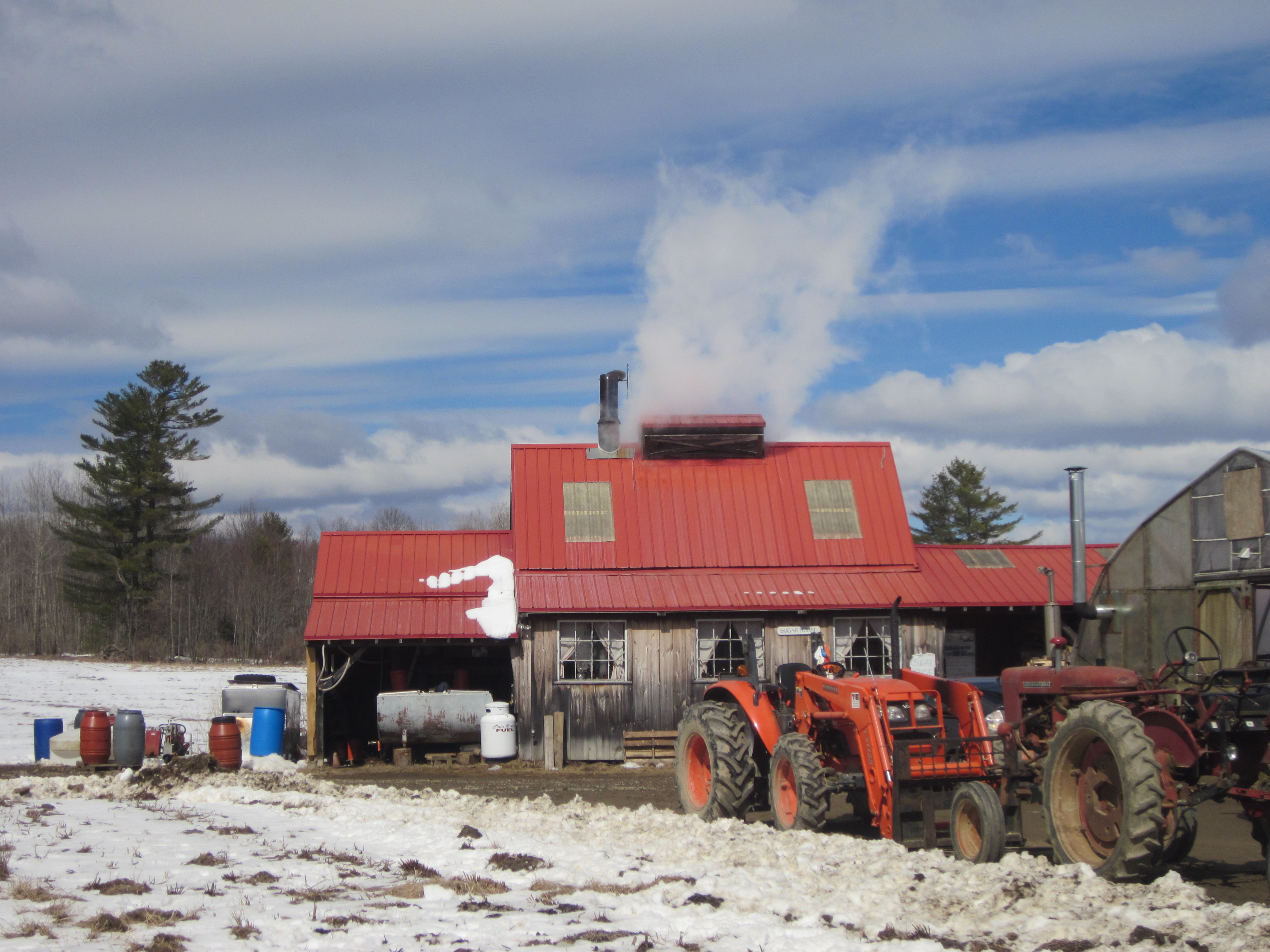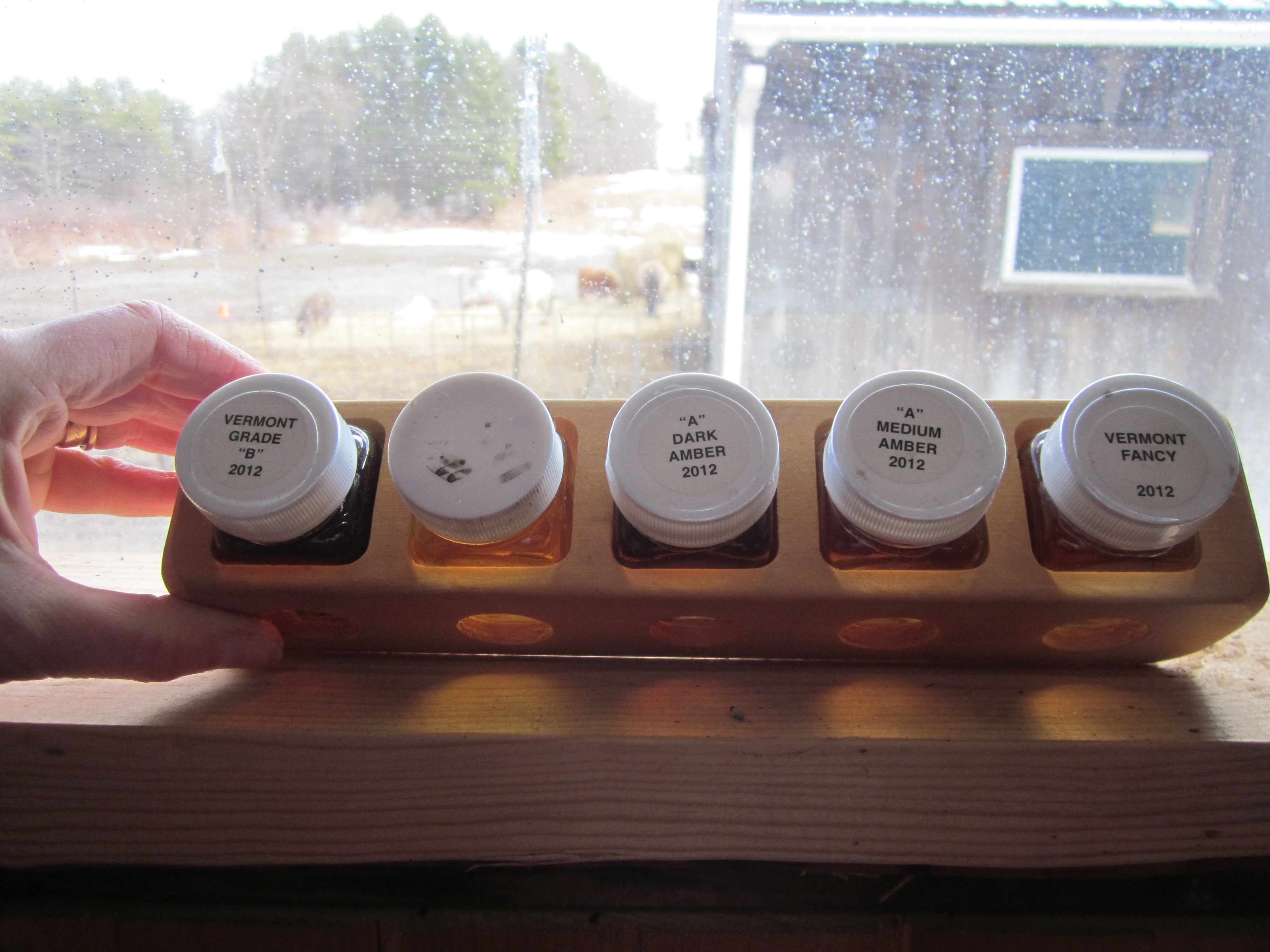 Two international organizations cooperate to help ensure quality and production of maple syrup and the health of the often very local, small-farm maple syrup production industry:
Two international organizations cooperate to help ensure quality and production of maple syrup and the health of the often very local, small-farm maple syrup production industry:
- The North American Maple Syrup Council is comprised of representatives from state/provincial maple producer associations in Canada and the United States. This organization focuses primarily on issues of concern to maple syrup producer groups and actively supports maple research.
- The International Maple Syrup Institute is comprised of state and provincial maple associations, maple equipment manufacturers and other maple businesses and individuals. The Institute focuses its efforts on international standards for pure maple syrup, product quality assurance and marketing in the international marketplace. The two organizations often work together in helping resolve issues of importance to the maple syrup industry
The IMSI is all about the quality standards, espousing the mission:
- To protect the integrity of pure maple syrup;
- To encourage more industry cooperation; and,
- To improve communication within the international maple syrup industry.
(These three bullets and the two above are quoted from the IMSI website, linked above)
Attached below is a table that shows the various grading standards in use throughout North America.
The important thing to know is that grading is strictly a matter of translucency, not sugar content. All maple syrup must be at least 66% dissolved sugar (68/9% in VT and NH), so the sugarshacks evaporate it to that level and then compare it to bottled standards to see how translucent it is.
Lighter syrup has been boiled less. It typically comes from sweeter sap earlier in the season. Maple syrup can have many complex sugars contributing to the flavor. Prolonged boiling breaks down the longer, complex polysaccharide sugars into shorter mono- and disaccharides that taste sweeter to us. For many, the simpler, sweeter, darker syrup tastes more like what we think of as "maple".

The grading system proposed by IMSI is a sensible one that describes each grade by its flavor characteristics as determined by its color. It gets beyond the false perception of a value-judgment that the current systems fall victim to.

- Golden Maple Syrup with a Delicate Taste
- Amber Maple Syrup with a Rich Taste
- Dark Maple Syrup with a Robust Taste
- Very Dark Maple Syrup with a Strong Taste - this is Vermont's old Commercial grade, previously unavailable for retail sale.
In Vermont, these are all now considered Grade A, so really Grade A is now a meaningless distinction - you cannot buy any other grade.
I hope the other New England states follow Vermont's lead in this matter of quality standards and information for consumers.
For more information, see the main Maple Syrup article, the pages linked below, and the files attached at the bottom of this page.
- A Maple Syrup Tasting
- Exploring Maple Sugaring in Maine
- Maple Sugaring Time
- Maple Baked Beans
